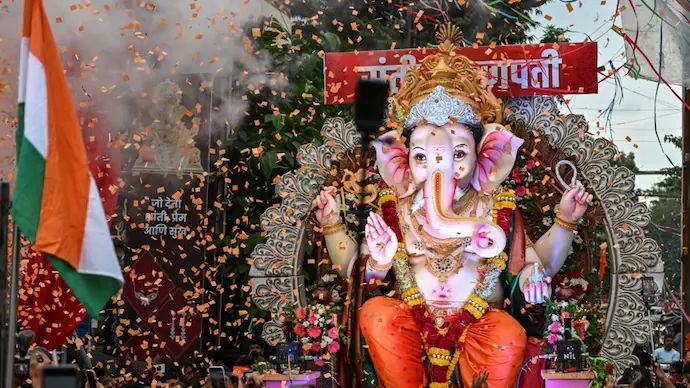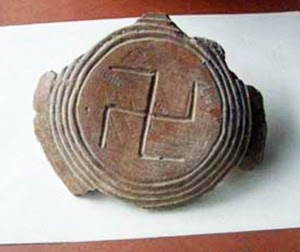Ganesh Chaturthi: How Freedom Struggle Gifted Maharashtra Its Grandest Festival

New Delhi | August 27, 2025 Ganesh Chaturthi, one of Maharashtra’s most celebrated festivals today, is marked by towering idols, glittering pandals, the aroma of modaks, and the resonating beats of dhol-tasha across the state. Yet, behind this grandeur lies a powerful history — the transformation of a private household ritual into a mass cultural movement that played a pivotal role in India’s freedom struggle. This transformation was the vision of freedom fighter and social reformer Bal Gangadhar Tilak, who saw in Lord Ganesha not just a deity but a unifying force against colonial oppression. The roots of Ganesh Chaturthi in Maharashtra trace back centuries, particularly to the Maratha Empire. Chhatrapati Shivaji Maharaj promoted the worship of Lord Ganesha to foster unity among his subjects, especially during the struggles against the Mughals. Later, the Peshwas, for whom Ganesha was the family deity, elevated the festival through state patronage, grand rituals, and cultural performances. Under their rule, Ganesh Chaturthi became a symbol of Maratha identity and social cohesion. However, after the British defeated the Peshwas in 1818, the public grandeur of the festival diminished. The East India Company discouraged large Hindu gatherings, fearing they could turn into political uprisings. By the mid-19th century, Ganesh Chaturthi was largely confined to private household rituals among Brahmin families. Colonial restrictions, especially after the 1857 uprising, further curtailed public processions and gatherings, fragmenting social unity. It was Lokmanya Tilak, often hailed as the “Father of Indian Unrest,” who revived Ganesh Chaturthi as a weapon of resistance. In 1893, inspired by a public idol installation in Pune, Tilak organized the first Sarvajanik Ganesh Utsav at his residence, Kesariwada. He cleverly used the religious exemption under British law to gather people en masse under the guise of worship. What seemed like a devotional festival soon became a platform for spreading nationalist ideas. Tilak introduced large community idols, pandals, public lectures, patriotic songs, and youth drills during the 10-day festival. These gatherings drew thousands, cutting across caste lines, uniting Brahmins, non-Brahmins, and even Muslims Ganesh Chaturthi: From Ritual to Revolution Did you know Maharashtra’s grandest festival was once a quiet household ritual? In 1893, freedom fighter Bal Gangadhar Tilak transformed Ganesh Chaturthi into a public celebration — turning devotion into a unifying force against British rule. What began as a clever strategy to bypass colonial restrictions became a festival of pride, courage, and community. Today, from Lalbaugcha Raja to countless pandals across Mumbai and Pune, the spirit of unity and resilience lives on.




